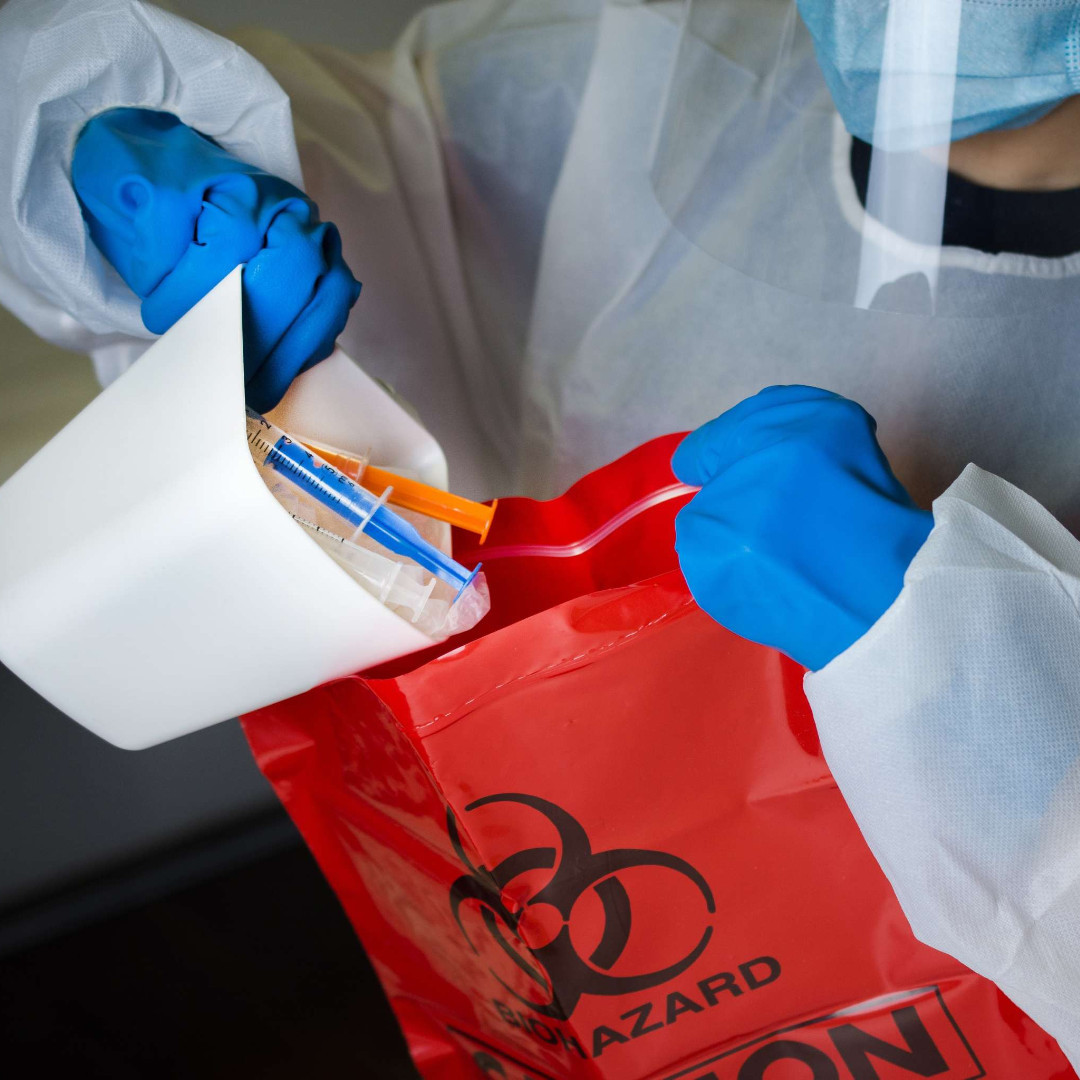COVID-19 created great upheaval throughout the economy and the legal compliance world as well. The pandemic has been a great disruptor and has brought rules, regulations and related agency guidance that have served to overwhelm even the most conscientious and attentive employer. The welcomed arrival of COVID-19 vaccines, and now the perhaps less welcome OSHA vaccine mandate, simply add to an employer’s compliance burden.
While OSHA is busy attempting to implement its vaccine/testing mandate, it also has numerous other significant matters in the works of which employers in the construction industry should be aware. These include new rule drafting and several national and regional emphasis programs, which illustrate OSHA’s current priorities.
THE VACCINE MANDATE
Pursuant to a directive from President Biden, in October 2021, OSHA issued an emergency temporary standard implementing a mandate for all employers with more than 100 employees. This mandate requires that employees of such employers be vaccinated for COVID-19 or submit to regular testing. OSHA has also expressed interest in issuing a permanent standard and potentially expanding to include smaller employers.
Emergency temporary standards have a long history in the OSHA Act going back to the earliest established standards after the agency was created by the 1970 statute. While the court process plays out, it seems the success of the federal government in defending the standard will largely rely on whether OSHA did its homework to justify skipping the usual regulatory process.
While the further implementation of the standard remains somewhat uncertain, employers throughout the economy would be well advised to develop compliance policies in coordination with employment counsel. OSHA appears poised to aggressively enforce the standard which could entail significant penalties. It is notable that while 22 states have federally approved State-operated OSHA programs, those states have a legal obligation to implement standards at least as stringent as the Federal standard, and OSHA has authority to withdraw approval of State programs that don’t comply.
HEAT STRESS EMPHASIS PROGRAM AND NEW STANDARD
At least 384 workers have died from job-related heat stress in the last decade. OSHA’s Acting Director James Frederick has stated that heat safety is a priority for the current administration. On September 21, 2021, OSHA initiated enhanced measures to protect workers from hot environments to reduce ambient heat exposure. The agency announced that it will be developing a national emphasis program, based in large part on a long-standing emphasis program developed in OSHA’s Region VI (Texas and continuous states) to prioritize inspections of exposure to heat-related hazards. OSHA also began the rulemaking process to develop workplace heat standards, building on Region VI’s guidance. Additionally, OSHA is forming a National Advisory Committee on Heat Injury and Illness Prevention to better identify the challenges impacting worker safety.
OSHA has now implemented an intervention and enforcement initiative to protect workers from heat-related illnesses and death while working in hazardous hot environments, prioritizing activities occurring where the heat index exceeds 80 degrees Fahrenheit. OSHA has tasked its Area Directors to institute the following:
1. Prioritize inspections of heat-related complaints, referrals and employee-reported illnesses and initiate an onsite investigation where possible.
2. Instruct compliance safety and health officers to conduct interventions (i.e., providing heat posters, wallet cards, trainings) or opening inspections when they observe employees performing strenuous activities in hot conditions.
3. Expand the scope of other inspections to address heat-related hazards where worksite conditions or other evidence indicates present hazards.
OSHA took a significant step toward adopting a federal heat standard in October 2021 by issuing an Advance Notice of Proposed Rulemaking on heat injury and illness prevention in indoor and outdoor work settings.
OTHER OSHA NATIONAL EMPHASIS PROGRAMS IMPACTING CONSTRUCTION
Other OSHA National Emphasis Programs affecting construction include:
1. Communicating OSHA Fatality Inspection Procedures to Victim’s Family (CPL 02-00-153), a new program implemented Summer 2021.
2. Combustible Dust (CPL 03-00-008), a long-standing program intended to abate combustible duty hazards including explosion prevention and mitigation controls.
3. Lead Exposure (CPL 03-00-009), another long standing program to devise a system for measuring lead exposure during inspections.
4. Trenching and Excavation (CPL 02-00-161) with continued emphasis on reducing or eliminating workplace hazards with trenching and excavation operations.
REGIONAL EMPHASIS PROGRAMS
In addition to national emphasis programs, each of OSHA’s 10 regions may have their own area specific emphasis programs. There are a number of regional emphasis programs (REPs) which may have a significant impact on work in the construction industry:
1. Noise hazards in the workplace is part of a REP in seven of OSHA’s 10 regions, including the entire country east of the Mississippi and the Pacific Northwest.
2. Fall hazards are getting special attention in all federal OSHA regions except for the Kansas City region and the South Pacific islands.
3. Cranes in construction are getting special attention in the New England, Pacific Northwest and Texas (and contiguous states) regions (I, VI and X).
4. Demolition is the subject of REPs in the regions stretching from New York south to Virginia and west to Minnesota (II, III and V). Similarly, Nebraska and Kansas have emphasis programs on commercial and residential construction following severe weather events.
5. Asbestos abatement in the Rocky Mountain region VIII.
6. Heavy highway and bridge construction are subject to an REP in New York, New Jersey, Puerto Rico and the Virgin Islands, as are construction worksites generally.
Changing administrations always bring a change in the tone of federal agencies. Construction employers can expect the Biden administration to continue to emphasize working cooperatively with employers but should also expect vigorous enforcement of an increasing number of regulations and guidelines.
This post, OSHA: What To Expect In 2022, was shared by Mondaq on December 21, 2021.











